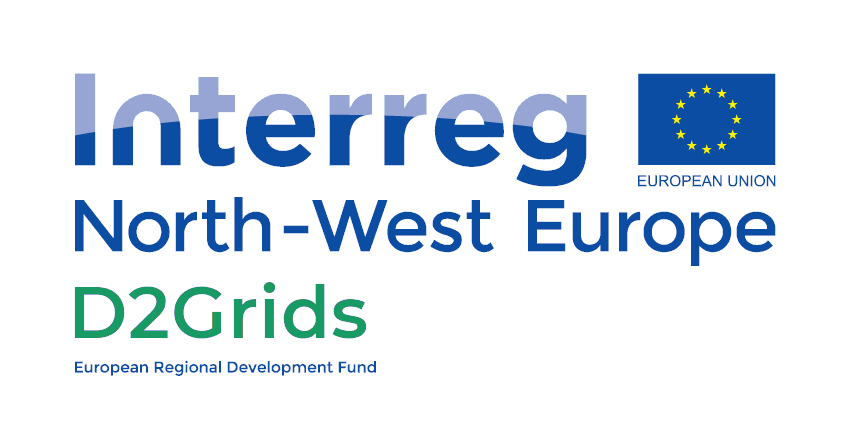A demonstrator project to use of the Blockchain on a 5th generation heating network
D2Grids Project

Nowadays, heating networks are mainly managed by a single operator running all production means and centralising billing to subscribers. The paradigm shift proposed by 5th generation district heating and cooling (5GDHC) paves the way towards a more decentralised model…thus raising governance issues. Blockchain may be an answer to ensure the transparency of these transactions. The D2GRIDS project dedicated to the study and deployment of 5th generation heating and cooling networks is developing a demonstrator to explore possibilities offered by blockchain.
5th generation heating and cooling networks open new perspectives for operation and interaction between thermal producers. Now that decentralization is taking place on the electricity grid, the question arises of transposing this process to thermal networks.
5th generation DHC are particularly adapted for this purpose:
- The low-temperature loop can have multiple contributors (geothermal energy, heat recovery from data centers or waste water, etc.).
- They can offer mechanisms for eliminating heat or cold consumption in periods of peak demand.
- They are suitable for phased development.
The use of Blockchain technologies, facilitating decentralization by itself, could be an asset for this type of network. SmartContracts via Blockchain technology allow the automation of contractual agreements without the intervention of a central authority.
The demonstrator to be developed by Greenflex and implemented on the heating and cooling grid of Paris-Saclay, France will test the implementation of SmartContracts for 5GHDC.
This presupposes a precise definition of stakeholders and contributors. On this demonstrator it is planned to test two types of contributors:
- « Positive » contributors who supply (in heating mode) or withdraw (in cooling mode) calories from the tempered loop.
- « Negative » contributors who avoid heat or cold consumption in the same way as erasing mechanisms on electricity networks.
Positive contributors will be engaged to supply a fixed amount of energy, with the same carbon intensity, allowing the network operator to balance its flows and monitor the share of renewable energy.
The inclusion of negative contributors in the demonstrator is intended to democratize this type of initiative within heating networks.
What will the demonstrator provide?
The development of this demonstrator is based on the following principles:
- Direct communication with production means (data collected on energy meters). This ensures data transparency, each kWh emitted will be accounted for.
- The implementation of specific contracts per production means. The contracts may therefore have different conditions depending on the type of energy used, the time of year, and the carbon content of the energy produced.
- An easy-to-use interface and an access for each contributor. Ease of use is a key factor in the appropriation of these new technologies.
This demonstrator will be commissioned in 2021.
Further information
To find out more about the application of blockchain in heating networks, you can read our report "Blockchain & Smartcontract, state of the art of the energy market"




